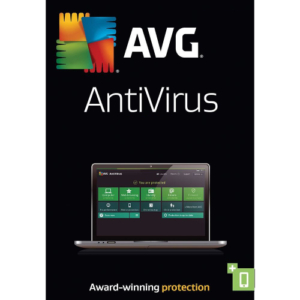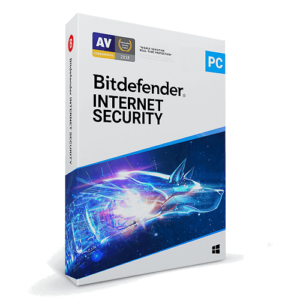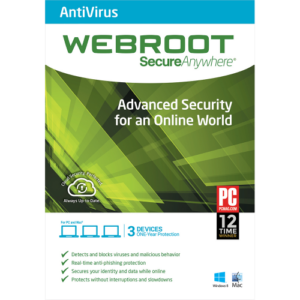Real-Time Defense
Empower your digital fortress with Real-Time Defense—swift, seamless protection against evolving threats. Our advanced technology anticipates and neutralizes potential risks instantly, ensuring a secure online experience.
Here are the key Features of Real-Time Defense:
-
-
- Continuous Monitoring: This involves constant monitoring of networks, systems, and data to identify any suspicious activities or potential security breaches.
- Intrusion Detection Systems (IDS): These systems are crucial for real-time defense as they can quickly identify and respond to unauthorized access, malware, or other security threats.
- Behavioral Analytics: It often leverages behavioral analytics to detect anomalies in user behavior or system activities. This helps identify potential insider threats or sophisticated cyber attacks.
- Automation and Orchestration: Automation plays a vital role in real-time defense by enabling swift response to security incidents. Automated systems can detect and mitigate threats in real time, reducing the manual intervention required.
- Threat Intelligence Integration: It may rely on up-to-date threat intelligence to understand and anticipate the latest cybersecurity threats. Integrating threat intelligence feeds enables organizations to respond effectively to emerging threats.
- Endpoint Security: Protecting individual devices (endpoints) is critical in real-time defense. Endpoint security solutions can detect and respond to threats on devices such as computers, laptops, and mobile devices in real time.
- Network Segmentation: It often involves segmenting networks to contain potential threats. If a breach occurs, segmenting the network limits the lateral movement of attackers, preventing them from accessing sensitive areas.
- Incident Response Planning: Having a well-defined incident response plan is crucial for real-time defense. This includes clear protocols for identifying, containing, eradicating, recovering, and learning from security incidents in real time.
- User Authentication and Access Controls: It includes robust user authentication mechanisms and access controls. Ensuring that only authorized users have access to sensitive data helps prevent unauthorized activities in real time.
- Regular Security Audits and Penetration Testing: Conducting regular security audits and penetration testing helps identify vulnerabilities before they can be exploited. This proactive approach is essential for it.
-
- Display 15 Products per page



 Bitdefender Internet Security
Bitdefender Internet Security Bitdefender Internet Security
Bitdefender Internet Security Bitdefender Total Security
Bitdefender Total Security Webroot SecureAnywhere Antivirus
Webroot SecureAnywhere Antivirus
